5 Myths You Believe About Deadly Situations Thanks to Movies

Movies don’t have to be realistic. When John Wick gets shot and falls off a roof and then recovers, that’s fine because we want him to get back up again. However, you may still be interested in how differently that would play out in real life. You should know this, both for the sake of general knowledge and because you will have to have put that knowledge into practice within the next few minutes. They are on their way. They are coming for you.
So, while you’re welcome to continue enjoying action movies where everything is both exciting and convenient, don’t be fooled by any of the following tricks they try to pull on you.
The Sudden Spacewalk
Don't Miss
You flip through a couple movies where characters leave their spacecraft for a quick jaunt. In one, a guy moves out of his ship without a spacesuit, using the power of rocket boots. In another, an unconscious Jedi wakes and propels through space using the power of her mind. In a third, an astronaut suits up and pops out to the exterior of the station to do some repairs. Which of these is the least realistic?

Netflix
It’s the third one — or at least, that’s the one that isn’t as realistic as it’s framing itself. Real astronauts don’t leave the ship for extravehicular activity (EVA) without first pausing for a routine that takes hours. If they go straight out, that opens them up to decompression sickness, which might mean death. It might also mean tingling or joint pain, but death is the more worrying concern.
The issue is the space shuttle or spacecraft contains atmospheric pressure, but the astronaut won’t experience that once they step out. Thanks to the lower pressure outside, nitrogen dissolved in their blood will form bubbles, which can lead to all kinds of awfulness, up to and including their heart going kaput. You might have heard of decompression sickness (aka “the bends”) hitting divers who surface too quickly. This is like that, except in spaaaace.
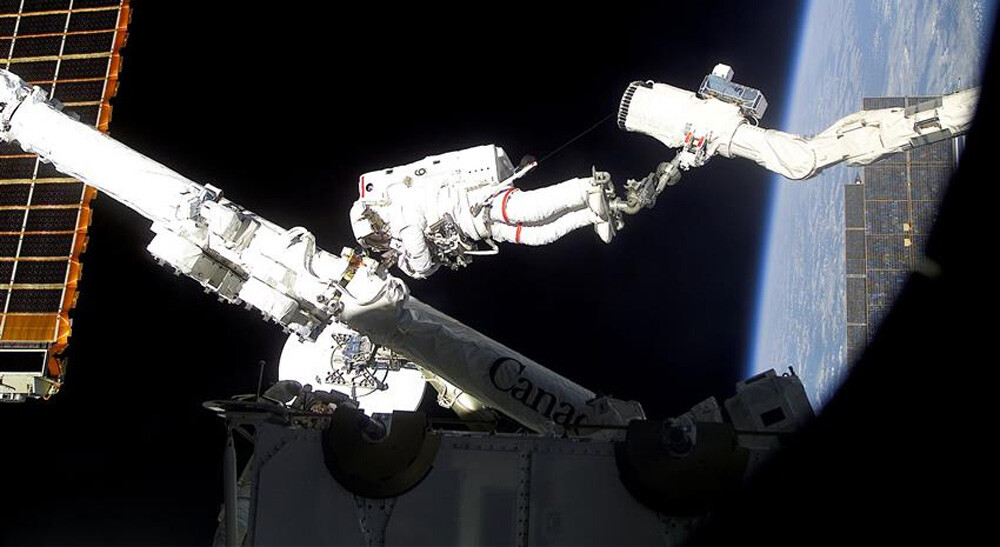
“But wait,” you might say. “Surely the spacesuit is pressurized.” It is — a little. It has a pressure of about 4 psi, which is more than the vacuum of space, but a big drop from the 15 psi of the station interior. If the suit were pressurized more, that would remove the risk of decompression sickness, but it would have to be built differently, impeding how well the astronaut can move around and do their job.
So, before setting out for an EVA, an astronaut must go through a session of “pre-breathing,” in which they switch from the station’s healthy mix of oxygen and nitrogen to breathing pure oxygen. This removes all the nitrogen from their blood. As recently as 2006, this process (shown in the photo below) took some 14 hours.
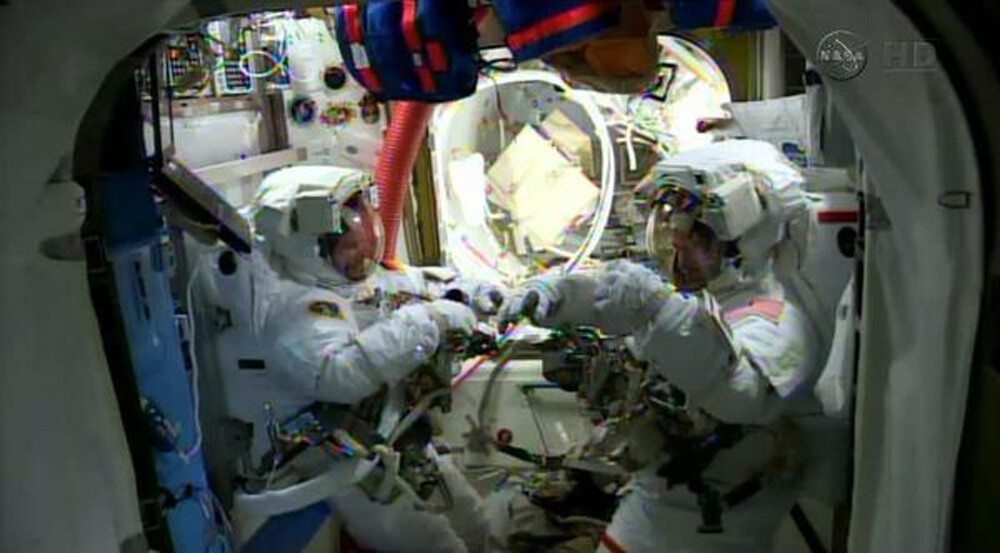
More recently, we’ve sped it up a bit and gotten the astronauts to exercise at the same time to reduce how long they take to adapt. Now it takes only two hours or so. Netflix should totally release a movie called Rebreathing, ostensibly about a spacewalk, which consists only of this two-hour process.
The Drawn-Out Dogfight
We all have a very old-fashioned conception of how planes shoot at each other, and for the most part, we like to imagine we’re self-aware about this. When Top Gun: Maverick came out, people knew the movie was going to have to jump through some hoops to justify classic dogfighting in the age of drone warfare, but we were ready to sit back and enjoy whatever they set up. As it so happened, even the original Top Gun was a throwback to how fighting had worked earlier. Planes didn’t still fight so up-close in 1986. The filmmakers considered portraying longer-range combat, but that proved too boring.

Paramount Pictures
When it comes to aerial combat, we’re all mentally stuck in World War II. So let’s talk about World War II dogfights then. When the Spitfire — that classic British aircraft we associate with big battles — shot at a target, how long do you think it could fire before the plane was all out of ammunition? Keep in mind, for the sake of drama, such a fight should surely stretch out as long as possible.
The answer is 20 seconds. The gun fired 1,150 rounds per minute, and each gun only held 300 rounds. In other words, a single gunfire session didn’t have too much rising and falling action. Still, few back then considered 20 seconds of trigger time too short. The pilot would have an enemy in his sights for only a couple seconds, so if he couldn’t do the job with a single two-second burst of fire, more rounds wouldn’t help much.
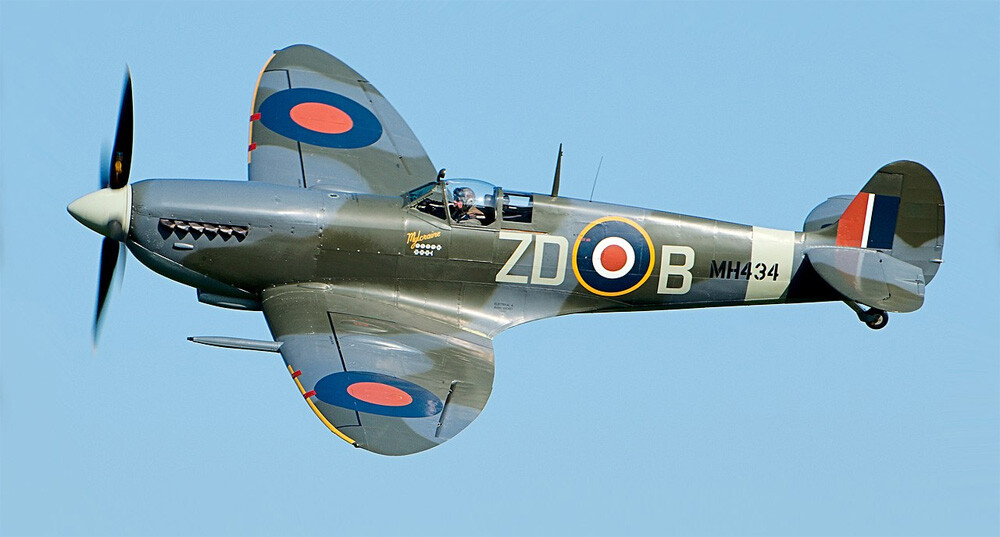
We were saying just now that the Air Force is much more advanced today than it was back in the 1940s. Well, let’s consider a more modern plane then. The F-35 fires 3,300 rounds per minute. Its gun carries a total of 220 rounds. So, in contrast with the Spitfire, this gun can fire for a total of… four seconds. Again, that doesn’t lend itself very well to a sequence with many twists and turns, but we’re confident that the next time an F-35 is aimed at us, four seconds is all it will need.
The Growling Bear
Let’s say there’s this bear that ate a bunch of cocaine. It’s angry, it’s growling and it’s going to kill us all. We have no objections to the basics of this movie premise. That bear really existed, and you can go visit its body today, preserved as a tourist attraction. We have just one note, and it's about what sort of sounds the bear makes.
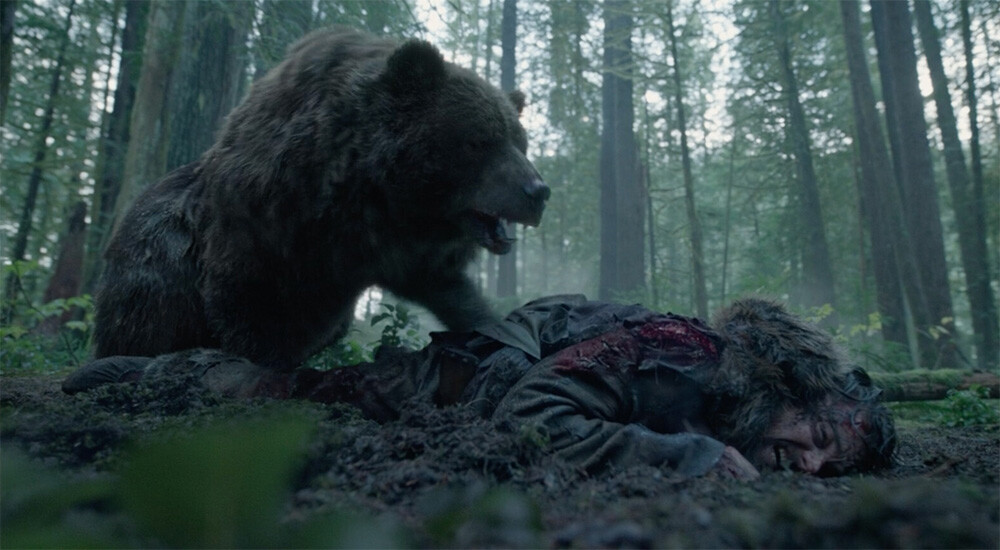
20th Century Pictures
Bears don’t really growl. Movies make bears growl because we’re used to animals growling (dogs growling, mostly), and associate that with a beast who’s preparing to attack, but real bears don’t do that. A bear will roar, sure. A bear also might snort or moan in a threatening manner, and this might be bluster indicating a bear who won’t attack. A bear may also sneak up to you without making any vocalization at all and then maul you without warning. But it won’t growl or snarl like we think a predator should.
“Hold on now,” we hear someone say. “I myself met a bear once, and it growled! And here’s a guide a I found about bear sounds, and it says several types of bear growl!” To this, bear experts reply that some people will interpret any sound as a growl, but these sounds are not growls. That might seem like this is turning into an argument purely over labels, but the fact is, when movies want to show a bear growling, they don’t dub in bear sounds. They dub in wolf sounds because bear sounds don’t sound bear-like enough.
It may be instructive now to turn to footage of bears in action and see how growly or snarly they appear. Below is one clip of a couple bears fighting in Finland. It’s not bloody, so watch without fear.
This next clip of Alaskan bears contains some roars and does feature a little blood but not that much. Instead of mauling each other to death, the two bears tussle, and when one clearly gains an advantage over the other, they stop, as though following previously set rules.
As you can see from these videos… Uh, we don’t even remember our initial reason for digging these clips up. We now just want to go watch more clips of bears.
The Resilient Suspension Bridge
Baltimore’s Francis Scott Key Bridge collapsed last month, and the footage of its destruction was unlike anything we’d seen before. We’d never seen anything like it in real life or even in movies, though movies are actually huge fans of spectacularly destroying bridges. That’s because the Key Bridge was a truss bridge, while Hollywood prefers destroying suspension bridges, so we can see those cables snapping and flailing wildly. The Golden Gate Bridge is the most common victim in these movies. Blockbusters destroyed it nine times in the decade leading up to 2019.
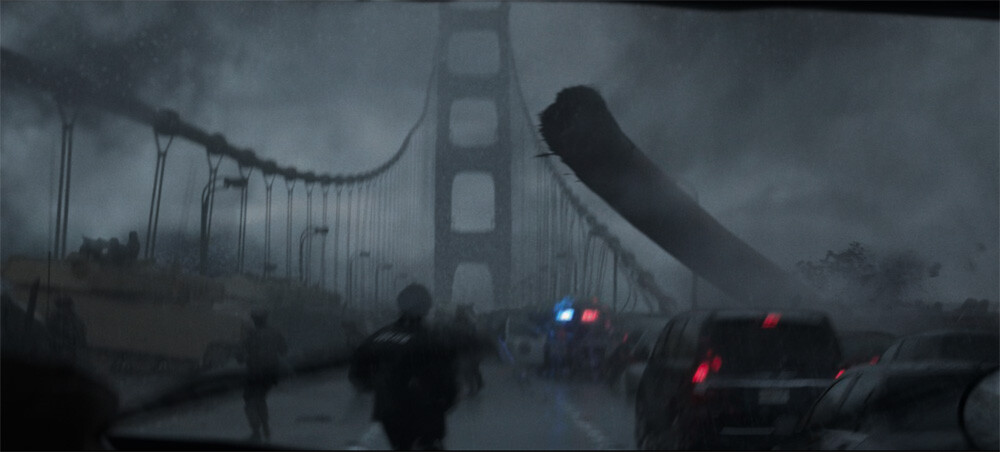
Warner Bros.
That image above is from 2014’s Godzilla. It’s easy to forget, thanks to where the series later went, but this movie about giant monsters attacking was envisioned as a gritty and realistic street-level depiction. Military missiles destroy this bridge’s suspension cable. That big tube-looking thing on the right is one of the severed cables, mid-swing, and this severing has zero effect on the horizontal part of the bridge (the “road deck”), which remains intact, leaving drivers time to flee. In reality, a bridge's cable supports the road deck. That’s what the cable’s for. If the cable snaps, the deck breaks.
Then Godzilla smashes right through the bridge, and this leaves the bridge with a huge gap, but the bridge otherwise remains intact. To dig into how absurd that is, let’s take a look at another movie that does the same thing and lingers more on the shot: The Dark Knight Rises. Like Godzilla, this movie never claimed to be totally realistic — it features a radiation-free nuke with some unusual properties — but its terrorist bombings are supposed to feel real, which makes them scary. Here’s what some of Gotham’s bridges look like when Bane blows sections out of them:

Warner Bros.
The cables here, as with all suspension bridges, run from one end of each bridge to the other, secured to bases called anchorages. Along the length of the bridge, the cable curves into parabolas, resting on top of towers and supporting the deck through additional vertical connections. The cable is under high tension. Break such a cable at any point, and the tension is gone. The deck’s weight will pull down the loose cable, which will slide off the tower. Blow a hole in the deck as well, and it becomes doubly insane that the remainder should stay put. This article by an engineer likens it to cutting a section out of a loaded clothesline and the remaining line and clothes now just hovering in midair.
When we nerds gathered and pointed out the holes in this film, how did we miss this literal hole, this literal gap in logic?
The Ping of Sonar
Submarines use sonar to sense what’s going on in the ocean. Thanks to movies, we all know what a sonar pulse sounds like. It’s a little beep. That makes the word “ping” quite appropriate. It’s onomatopoeia.
But if we’re imagining the pulse to be a little beep like that, we’re conflating two different things. On one hand, there are radar displays, which may indicate blips by letting out little beeps. Yet that’s not the sound of the signals that the radar sends out — a radar sends out radio waves, which are inaudible. A sonar system’s waves are audible, but they’re very different from those indicator beeps. They may sound like low-frequency booms:
Sometimes, they’re more high-pitched, while still sounding very different from what we think of as “pings”:
Either way, one aspect that none of us properly picture is the volume. Both the above recordings show sonar sounds from long distances away from the submarine. Coming right out of the sub itself, a sonic pulse measures more than 200 decibels. As a point of comparison, let’s tell you that, er, actually, we can’t give a fair point of comparison, because sound doesn’t scale linearly, and because air and water work differently.
Let’s just say that a rock concert might be 130 decibels, so a sonar pulse coming out of a sub is louder than anything you will ever hear. If you are 500 meters away from a submarine, that will strain the limits of human tolerance, not only deafening you but possibly giving you memory loss. Last year, Australia reported that some of its divers were injured by Chinese sonar. Luckily, you yourself will probably never get that close to a sub sending out pulses. We can’t say the same for everything in the ocean, though.
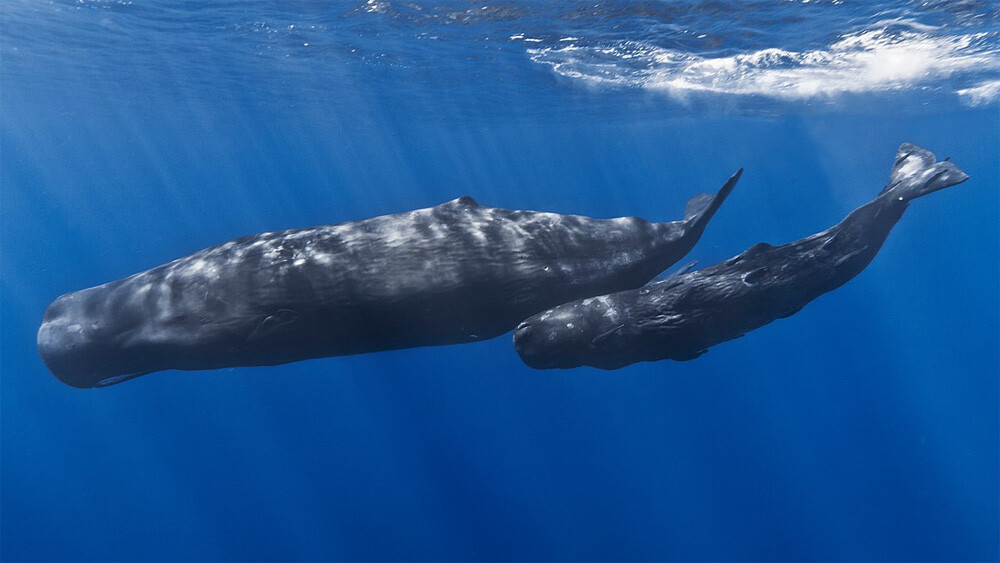
Sonar that hits whales is so loud that their ears and eyes start bleeding. Whales will sometimes throw themselves onto beaches, to their presumed death, to escape those sonic booms. Soon, the angry whales will organize and fight back. Once they do, none of us stand a chance.
Follow Ryan Menezes on Twitter for more stuff no one should see.